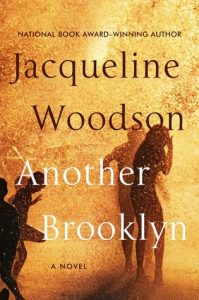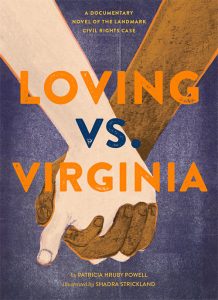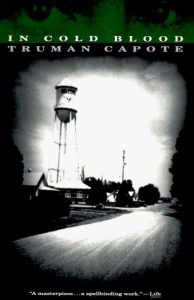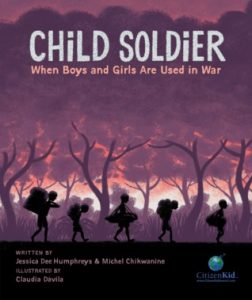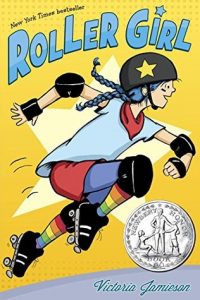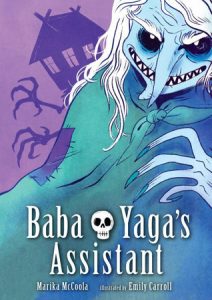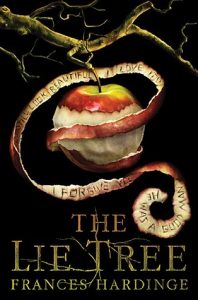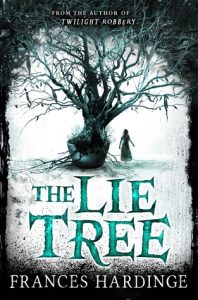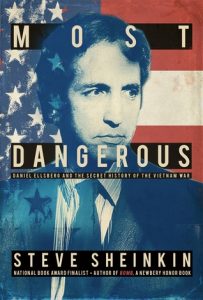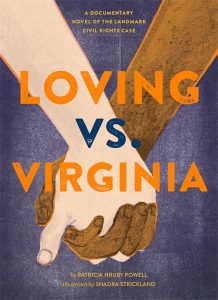 Thank you everyone for signing up for the blog and commenting so you might win my book, Loving vs. Virginia. Remember, you have to comment to get a book, so that I will know if you want one. So, if you haven’t left a comment, and you want a book, you can comment on this post.
Thank you everyone for signing up for the blog and commenting so you might win my book, Loving vs. Virginia. Remember, you have to comment to get a book, so that I will know if you want one. So, if you haven’t left a comment, and you want a book, you can comment on this post.
 Here is the first of three drawings. If you have signed up and already left a comment you are eligible for two more drawings–one before Thanksgiving, one before Christmas. The book officially releases January 31, 2017. Feel free to pass this on to anyone else. Yep, that would statistically lessen your chances, but you’re spreading . . . good news.
Here is the first of three drawings. If you have signed up and already left a comment you are eligible for two more drawings–one before Thanksgiving, one before Christmas. The book officially releases January 31, 2017. Feel free to pass this on to anyone else. Yep, that would statistically lessen your chances, but you’re spreading . . . good news.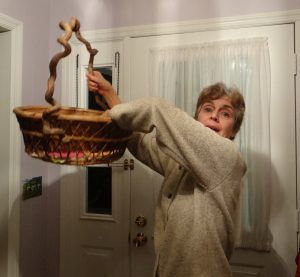
And the Halloween Give Away goes to . . . [drum roll] DEB ARONSON! Congratulations, Deb. Deb lives right in the adjoining town. Urbana to my Champaign. Let’s have lunch together somewhere and I can just sign and hand it to you, Deb. I’m delighted that you won.
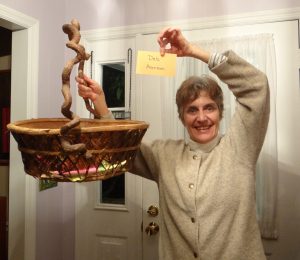 Other news: For those from or near Champaign Urbana, The Art Theater will show the acclaimed new movie Loving (about the Loving v Virginia case) on Wednesday, November 23, the day before Thanksgiving. So take a break from stuffing the turkey and come on out. Don’t know the times, yet. If you miss that one, come see the movie Tuesday, November 29 I’ll speak about the Lovings, maybe the case, maybe the book, on the next Tuesday, November 29, following the showing of Loving also at the Art Theater.
Other news: For those from or near Champaign Urbana, The Art Theater will show the acclaimed new movie Loving (about the Loving v Virginia case) on Wednesday, November 23, the day before Thanksgiving. So take a break from stuffing the turkey and come on out. Don’t know the times, yet. If you miss that one, come see the movie Tuesday, November 29 I’ll speak about the Lovings, maybe the case, maybe the book, on the next Tuesday, November 29, following the showing of Loving also at the Art Theater.
Next week I’ll post an article to tell a little about the research I did for Loving vs. Virginia.
